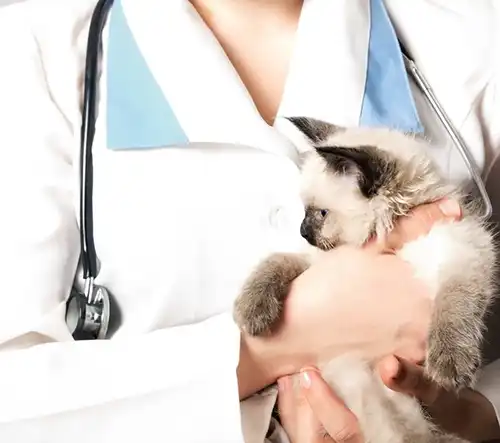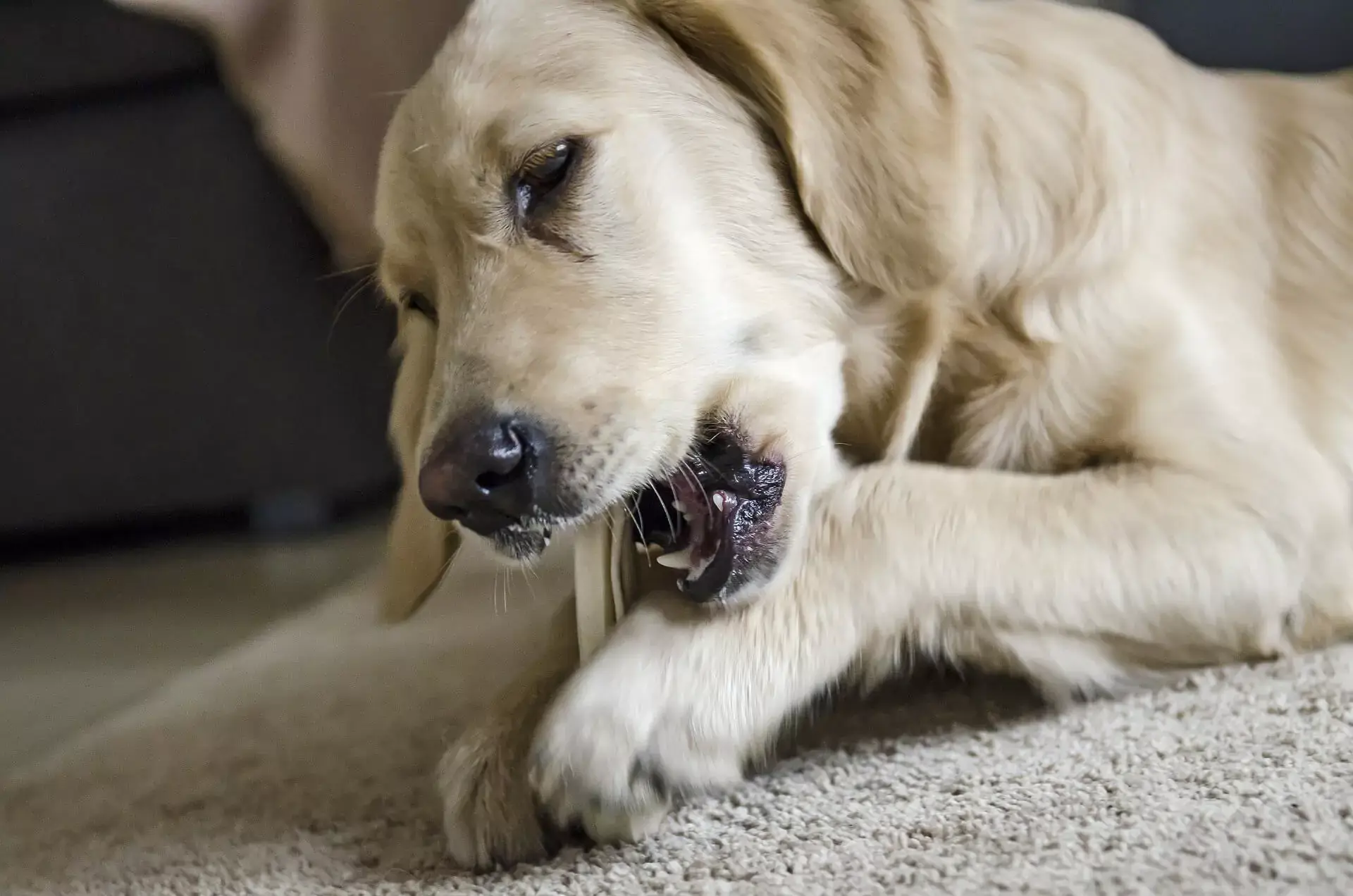Are you considering getting a pet gecko? These cute little lizards are becoming quite popular pets. There are over 1500 kinds of geckos, though only a dozen or so are commonly sold as pets. Geckos come in many colors and patterns, and are typically quite gentle and easy to care for. They also don’t need training, don’t make much noise, and are great animal companions for anyone with allergies. A local vet offers some advice on gecko care below.
Basics
Choosing the right gecko is very important. The Leopard gecko may well be the most popular gecko out there. The Crested gecko and African Fat-tailed gecko are both good options, too. Also on the list of suitable pets are the Gold Dust Day gecko, Frog-Eyed gecko, Chinese Cave gecko, Giant Day gecko, Gargoyle gecko, and Madagascar Ground gecko. These guys have very similar basic needs, but there are some variations. Do some research before choosing one. One thing you’ll want to look at is longevity. Some geckos can live up to 20 years!
Habitat
Geckos need specific heat and light conditions to stay healthy. You’ll need to get some special equipment, including good thermometers to help you track the conditions. For substrate, you can use reptile carpet, butcher paper, or even paper towels. You can add stone or ceramic tiles on top of these. Do not use sand, especially with juveniles: your pet could get very sick if he were to ingest it! Your little lizard will also need hide boxes and branches or rocks for climbing. You may want to add plants to make the terrarium look nice. Ask your vet for specific advice.
Food
This is one area where geckos suddenly become less appealing to many people. Like many other reptiles, most geckos eat live bugs, which must be dusted with nutritional powder before becoming lunch. You’ll need to regularly bring home things like crickets, waxworms, and Dubia roaches. If the very thought of buying these creepy-crawlies turns your stomach, a gecko may not be for you.
Handling
Geckos are quite tame. However, you’ll need to handle your tiny pet regularly to keep him docile and friendly. Just take care to never pick your little dinosaur up by the tail. Geckos’ tails detach when they are held this way, which helps them escape predators. While they do grow new tails, the replacement often looks a bit odd. And, needless to say, losing an appendage isn’t going to be much fun for your pet.
Do you have questions about gecko care? Contact us today!






!Social Media Icons